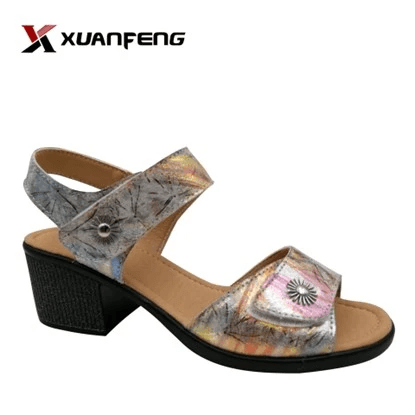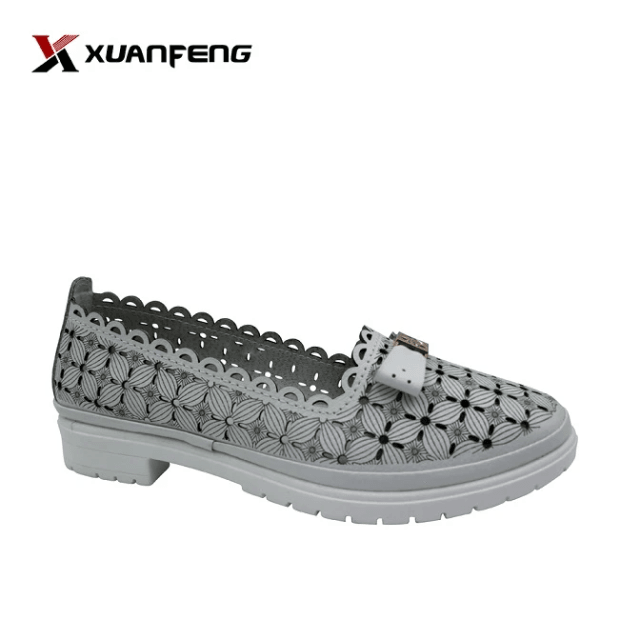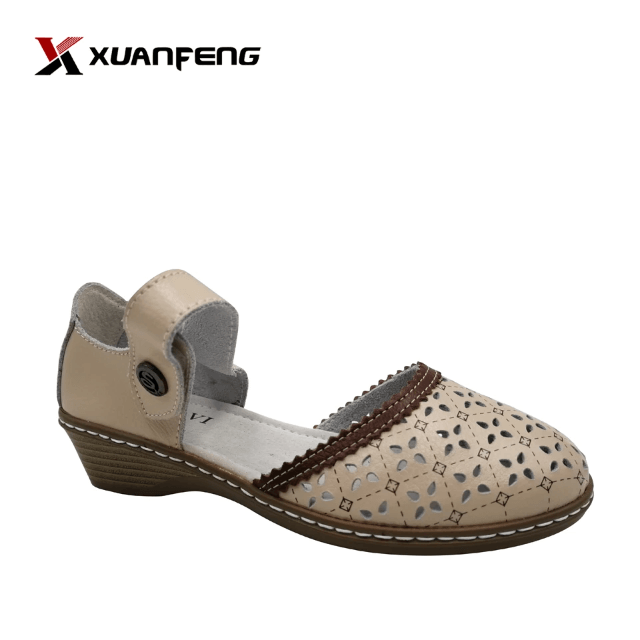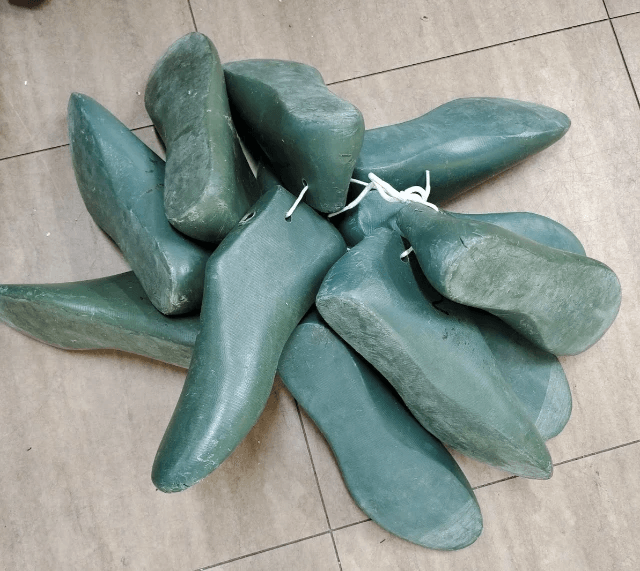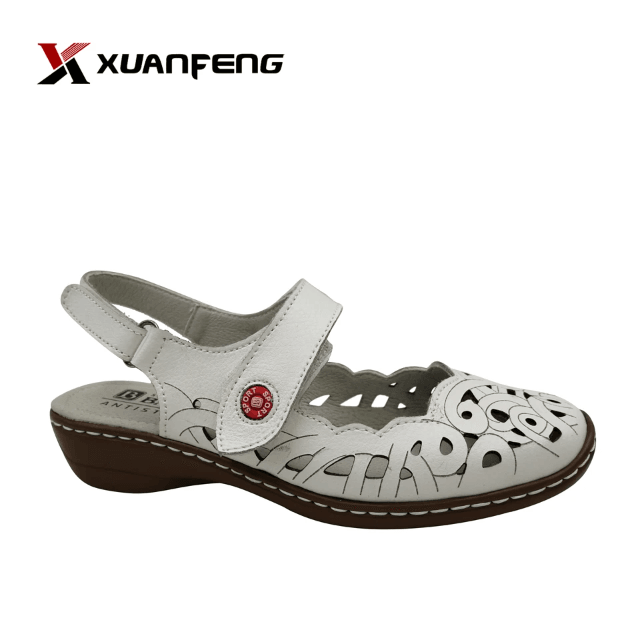There are many factors for the discrepancy caused by the warpage of the last:
A. If the warpage of the last of a shoe is selected as 8mm, it becomes 6mm after the shoe is completed, the following errors may be possible:
1. The heel is too high.
2. The sole is too thin.
3. The sole is too short.
4. Change the thickness of the insert atwill (too thick).
5. The core is too long.
6. Leaking and filling (the originalsetting has filling).
7. Displacement of the heel afterthe staple (move forward).
8. The outsole material shrinks.
9. Poor toe leveling (finishing position).
Note 1: (7) is the most common occurrence,and the nailing operator's gesture is very important; (3) is the second. The situation (8) that occurs is because the sole is too short and the sole is hard
stretched and the bottom is in place. Retract.
B. If the last warpage of a shoe isselected as 8mm, it becomes 10mm after the shoe is completed, it may be the following error:
1. The heel is too low (including the skin is too thin).
2. The sole is too thick.
3. The sole is too long.
4. The midsole is toosoft.
5. The village has not touched the ground.
6. The core is not working hard.
7. The stomach filling is too thick.
8. The lasting force is too large (the upper is too small or the pattern is too high).
9. The throat is too deep (deformed afterturning back the nail).
10. Lasting (including skew).
Note 2: (8) If the lasting force is too large, the depth of the shoe mouth is wrong, and you can measure it with a ruler. In the case of (3), (4) and (5), check whether the midsole is pasted to the last.
Note 3: If the upper material is soft leather, the warpage error is acceptable within 2mm, but it must be paired. If the upper material is hard leather or leather, the warpage can be high but not
low.
Note 4: If it is a shoe witha front desk, the warpage can be high but not low.
The skew of the shoe surface after forming (assembling or lasting) is caused by the following reasons:
A. Shoe last part:
1. The angle formed by the center line and the length line of the last bottom (midsole) is too large (usually less than 5 degrees), resulting in a skew of the last, resulting in too much difference
between the inside and outside of the last, and it is not easy to make the last correct.
2. The difference between left and rightmiddle last.
B. Model part:
1. The template itself is obviously skewed (or the joint line is not coordinated with the last).
2. Wrong warpage of the template can easilycause the front section and the shoe wall to skew.
3. The angle and radian of the center lineof the template are wrong, causing the center line of the heel to be skewed.
4. The inner pattern is incorrectly matchedwith the shoe upper pattern, which makes it difficult to paste the inner pattern.
5. Inner and outer joint line error. Poor generality of the template (hand-cutting, curve drawing, firm folding, etc.)
C. Upper making part
1. The main leather sheet is poorly cutand/or folded.
2. Poor joint sewing.
3. Distortion or skew caused by the paste.
4. The direction of leather selection iswrong.
5. No matching selection (differentelongation of the inner and outer skins).
6. Improper sewing of decorative thread andimproper assembly of ornaments (flowers).
D. Forming part (assembling or lasting):
1. "Three-point fixation" erroror "clamping point" error before the machine is tied.
2. The upper and the last of the left andright foot are wrong (left upper with right last or right upper with left last).
3. The size of the shoe upper (SIZE) doesn‘t match the shoe last.
4. The back lining and heel are not well-shaped.
5. The skew that can be easily corrected,without paying attention to correction.
6. Wrong posture of the clamp.

